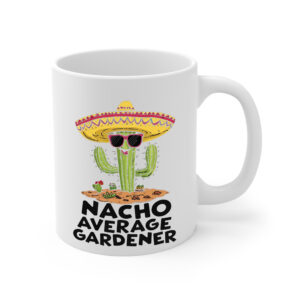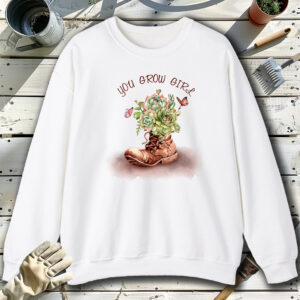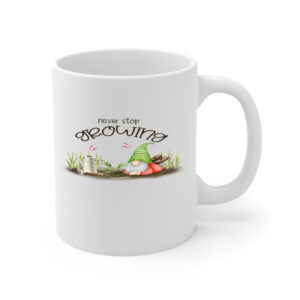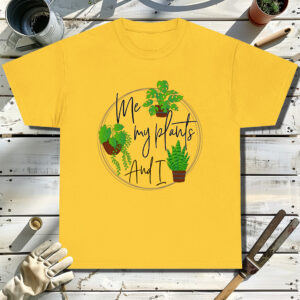Table of contents
Bamboo palm
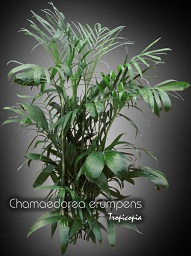
Latin Name: Chamaedorea erumpens
Category: Palm
Family: Arecaceae
Origin: Honduras
Climate: Tropical
Growing Zones: 11-10
Care Instructions
The Bamboo palm (Chamaedorea erumpens) is a tropical plant that originates from Honduras. This palm plant belongs to the Arecaceae family and is well-suited for growing in USDA zones 11-10.
Complete Care Guide for Bamboo Palm (Chamaedorea erumpens)
Watering Requirements
The Bamboo Palm, or Chamaedorea erumpens, thrives in consistently moist soil but is sensitive to overwatering. It is essential to allow the top inch of soil to dry out between waterings. During the growing season, which typically spans from spring to early fall, water the plant more frequently, about once a week. In the winter months, reduce watering to every two weeks, as the plant’s growth slows down. Always ensure that the pot has drainage holes to prevent water from accumulating at the bottom, which can lead to root rot. If you notice yellowing leaves, it may be a sign of overwatering, while brown tips can indicate underwatering.
Light Conditions
The Bamboo Palm prefers bright, indirect light but can also tolerate low light conditions, making it an excellent choice for indoor spaces. Direct sunlight can scorch its leaves, so it’s best to place it near a window with filtered light or in a well-lit room. If the plant is not receiving enough light, you may notice slower growth and a leggy appearance. For optimal growth, consider rotating the plant every few weeks to ensure even light exposure on all sides. If you are growing it outdoors, provide partial shade to protect it from harsh afternoon sun.
Soil Preferences
The ideal soil for a Bamboo Palm is a well-draining potting mix that retains some moisture without becoming soggy. A mixture of peat moss, perlite, and pine bark works well to provide the necessary drainage and aeration. It is advisable to repot the plant every couple of years to refresh the soil and provide more space for growth. When fertilizing, use a balanced, water-soluble fertilizer diluted to half strength every month during the growing season. This will help promote healthy growth and vibrant foliage. Avoid fertilizing during the winter months when the plant is dormant.
Pests and Diseases
Bamboo Palms are generally resilient but can be susceptible to common houseplant pests such as spider mites, mealybugs, and scale. Regularly inspect the leaves for any signs of infestation, such as webbing or sticky residue. If you notice pests, treat the plant with insecticidal soap or neem oil, ensuring to cover both the tops and undersides of the leaves. Additionally, keep an eye out for fungal diseases, which can occur in overly humid conditions. To prevent these issues, ensure good air circulation around the plant and avoid wetting the leaves when watering. If you encounter leaf spot or root rot, remove affected areas and adjust your watering practices accordingly.
Special Care Tips
To maintain the health and beauty of your Bamboo Palm, consider the following special care tips: First, regularly dust the leaves with a damp cloth to keep them clean and allow for optimal photosynthesis. This also helps prevent pest infestations. Second, if you notice the plant becoming too tall or leggy, you can prune the top leaves to encourage bushier growth. Lastly, during the growing season, you may want to mist the leaves occasionally to increase humidity, especially in dry indoor environments. This not only benefits the plant but also enhances its lush appearance. Remember that Bamboo Palms are non-toxic to pets, making them a safe choice for households with animals.

